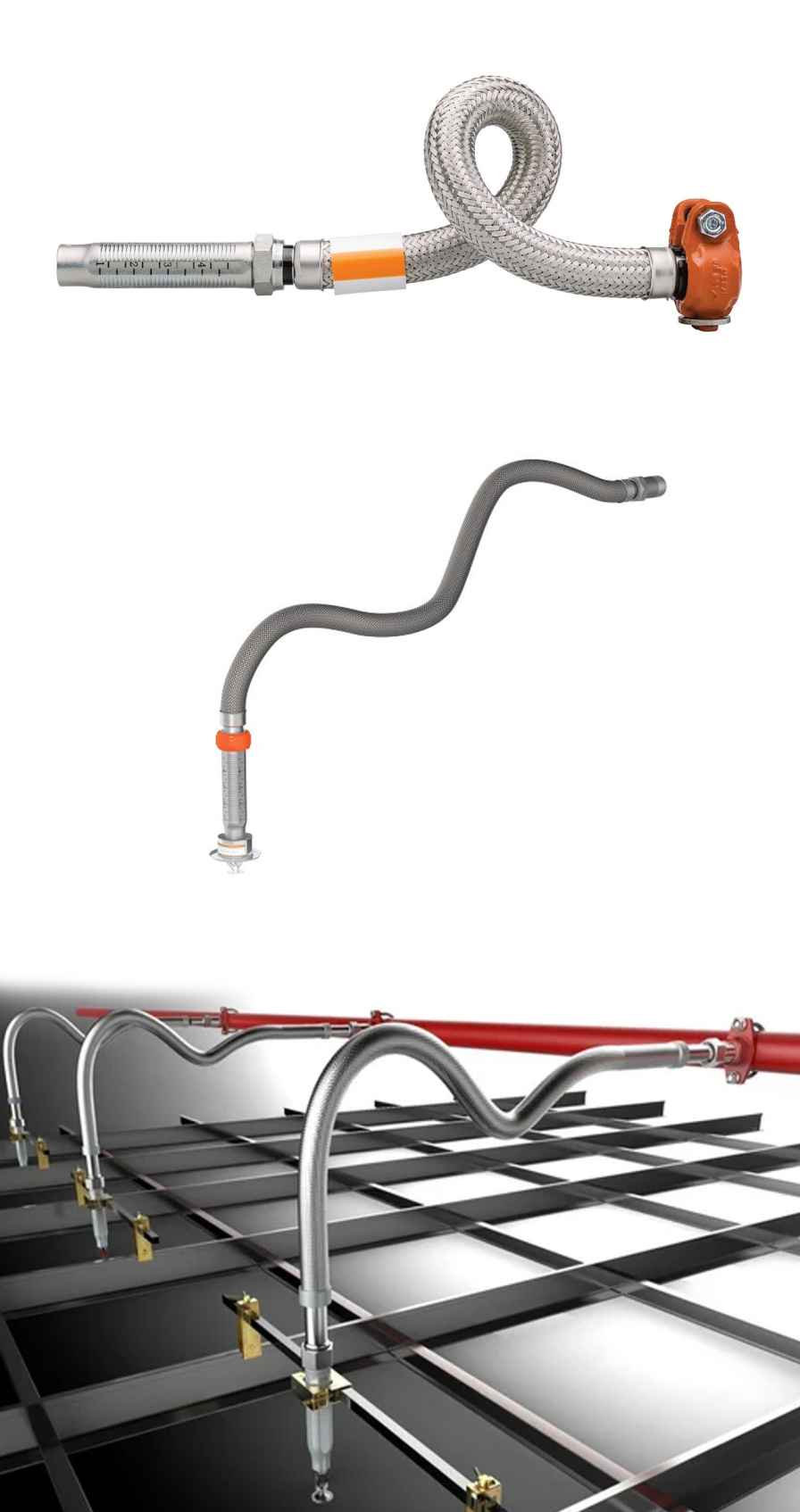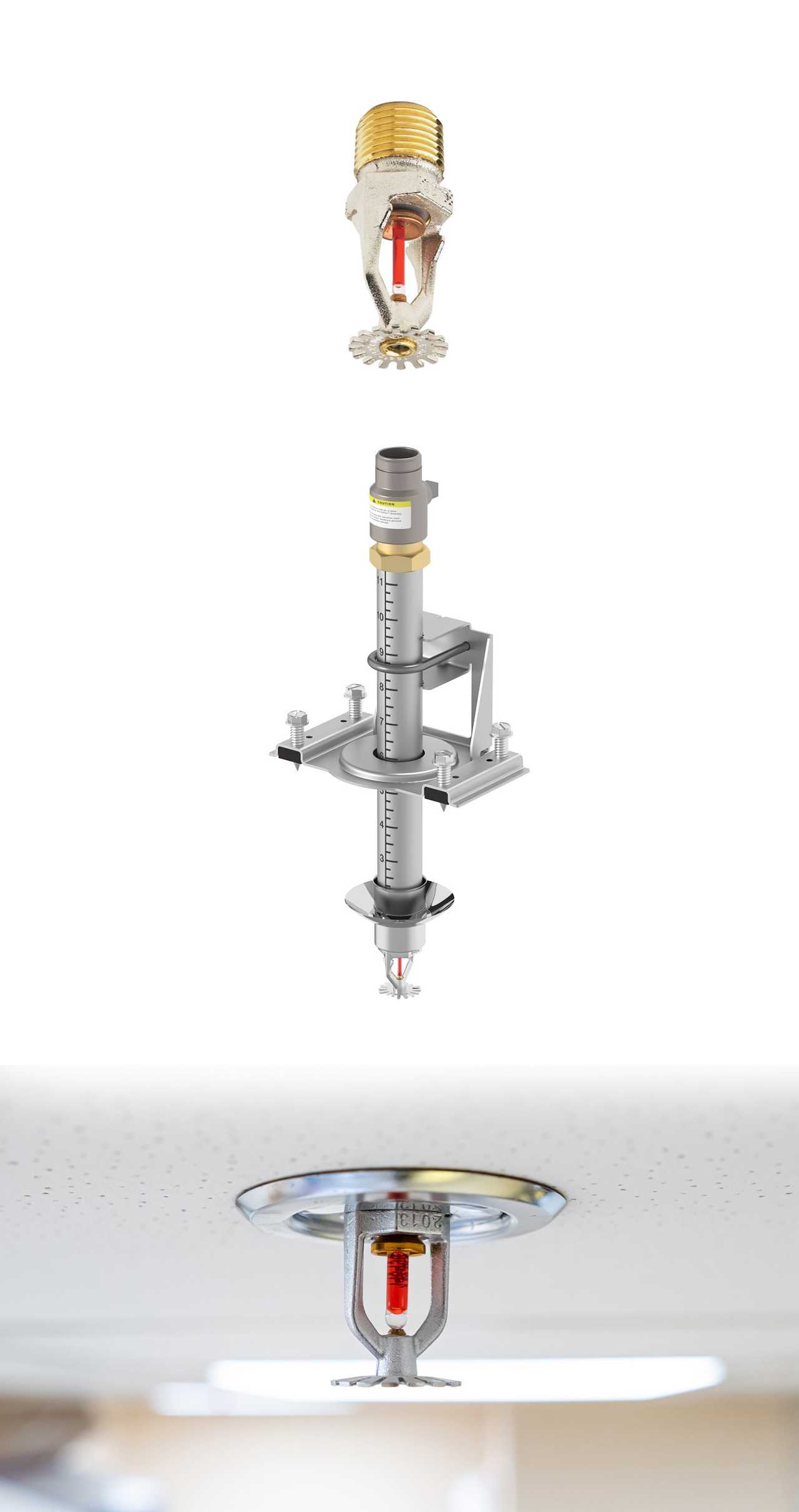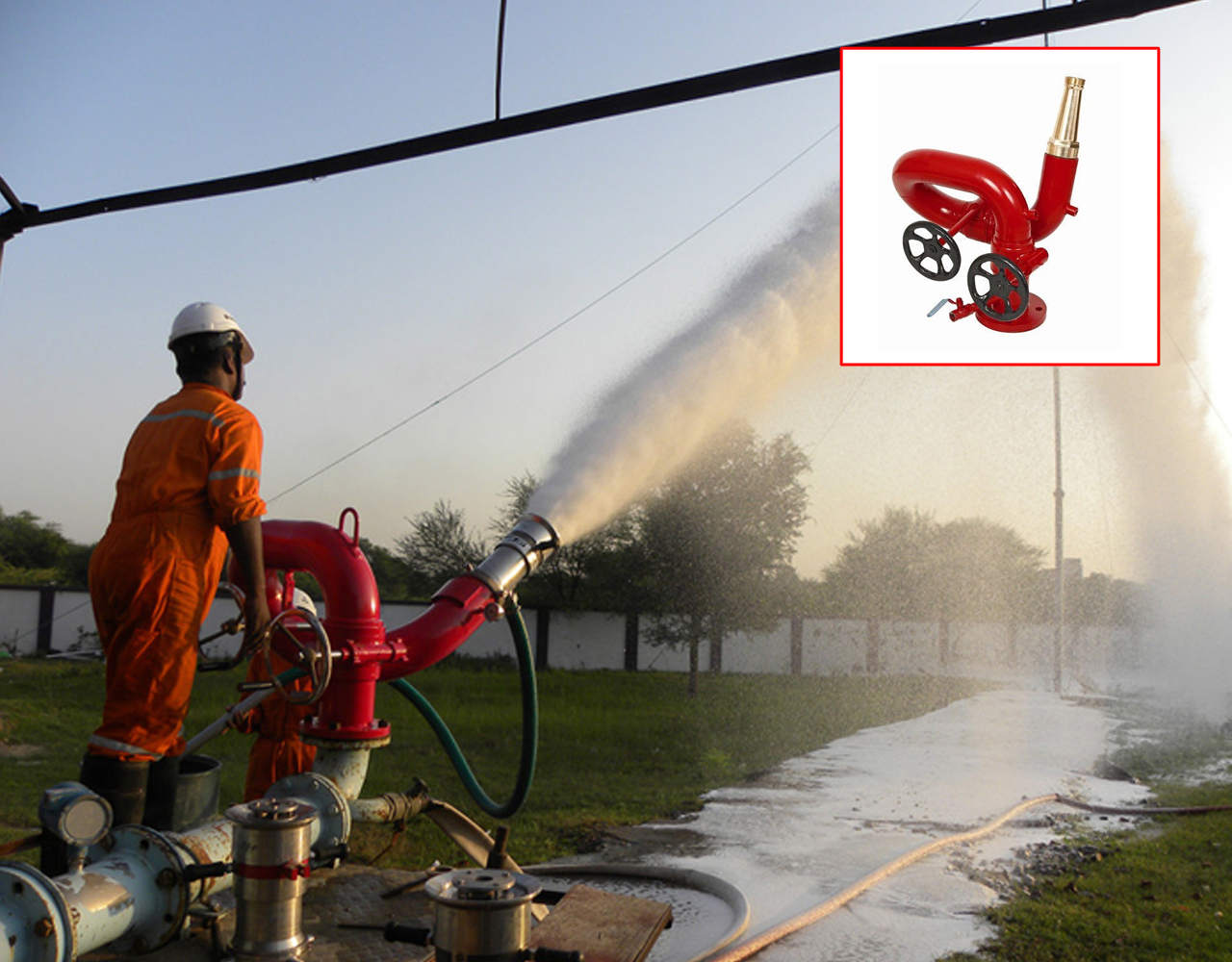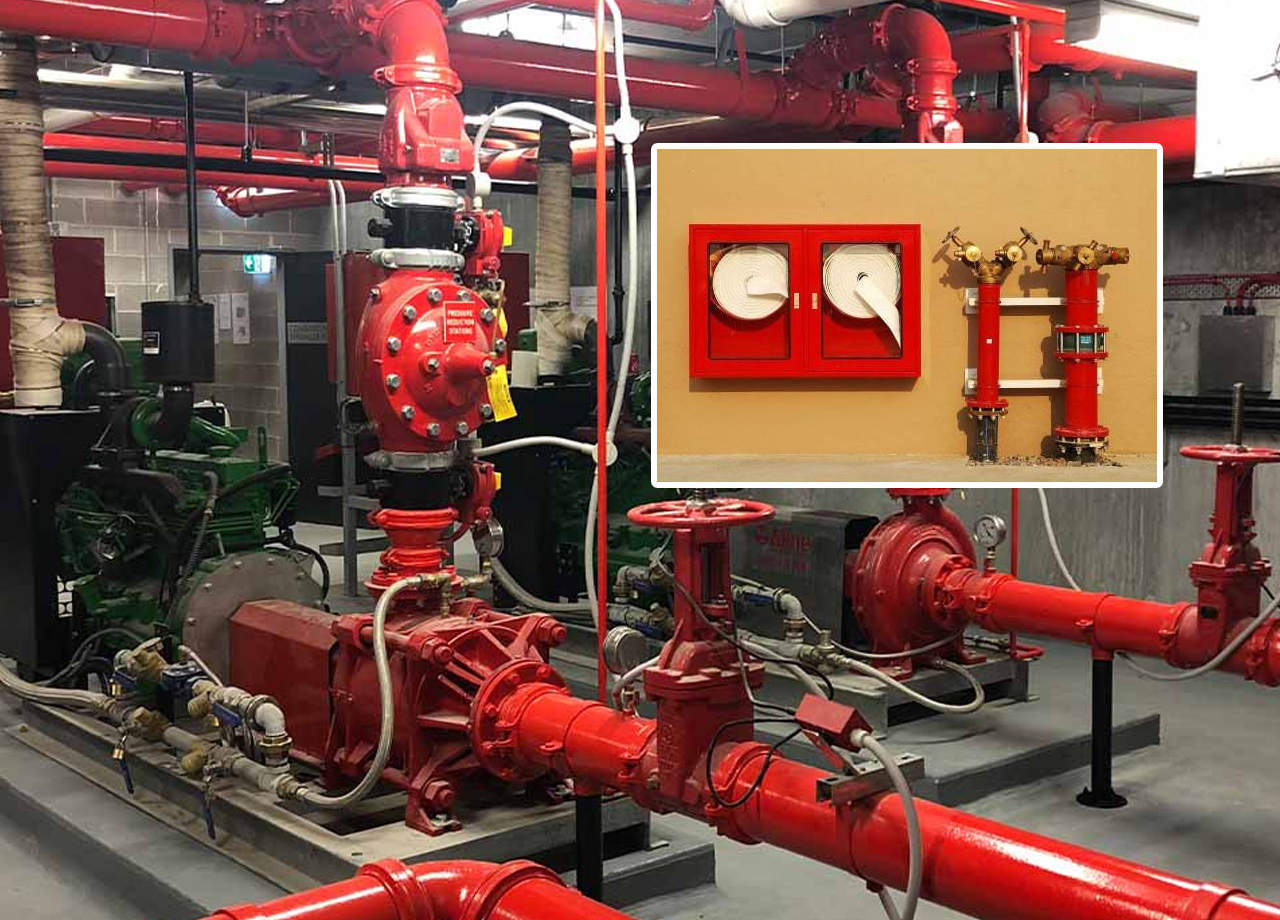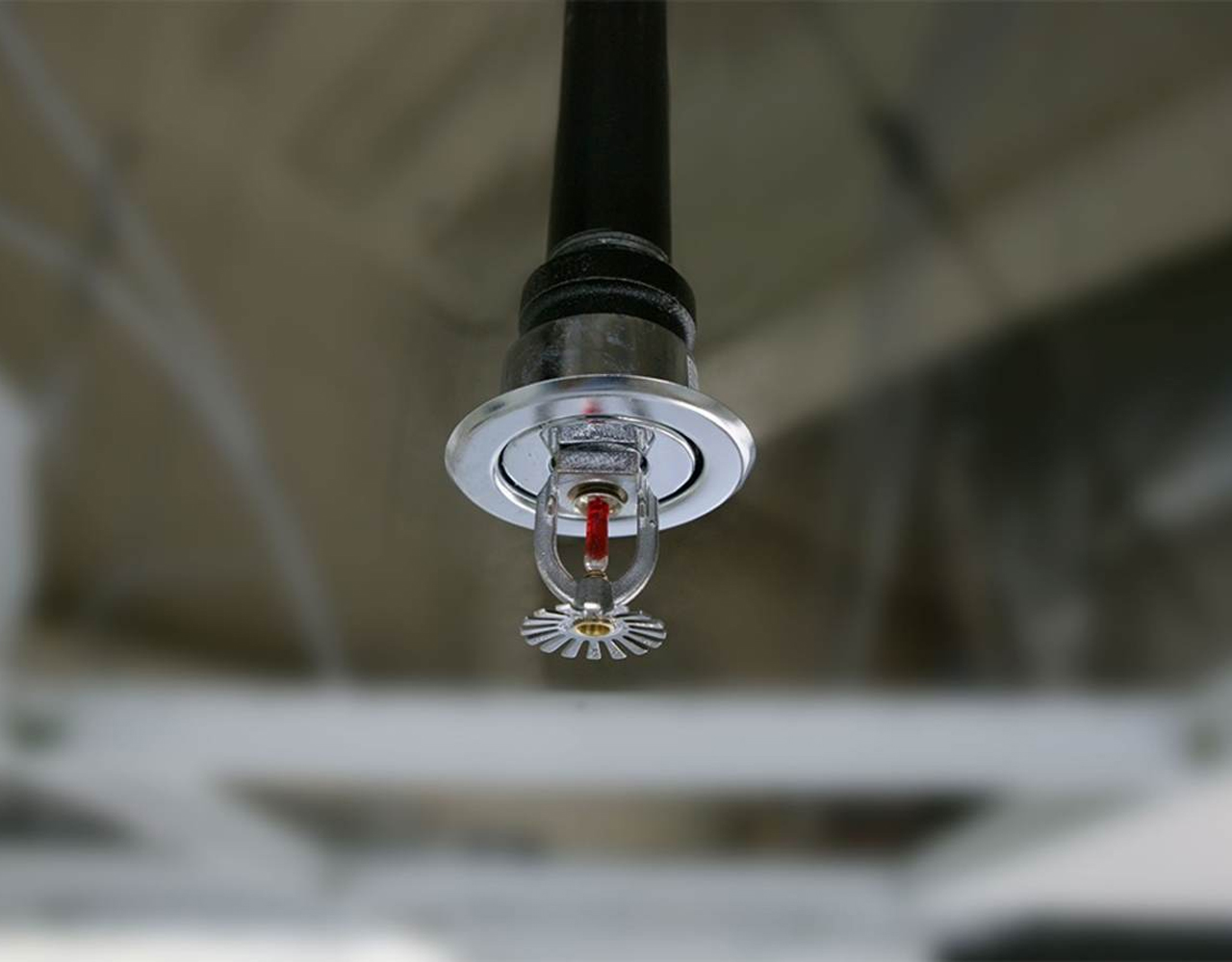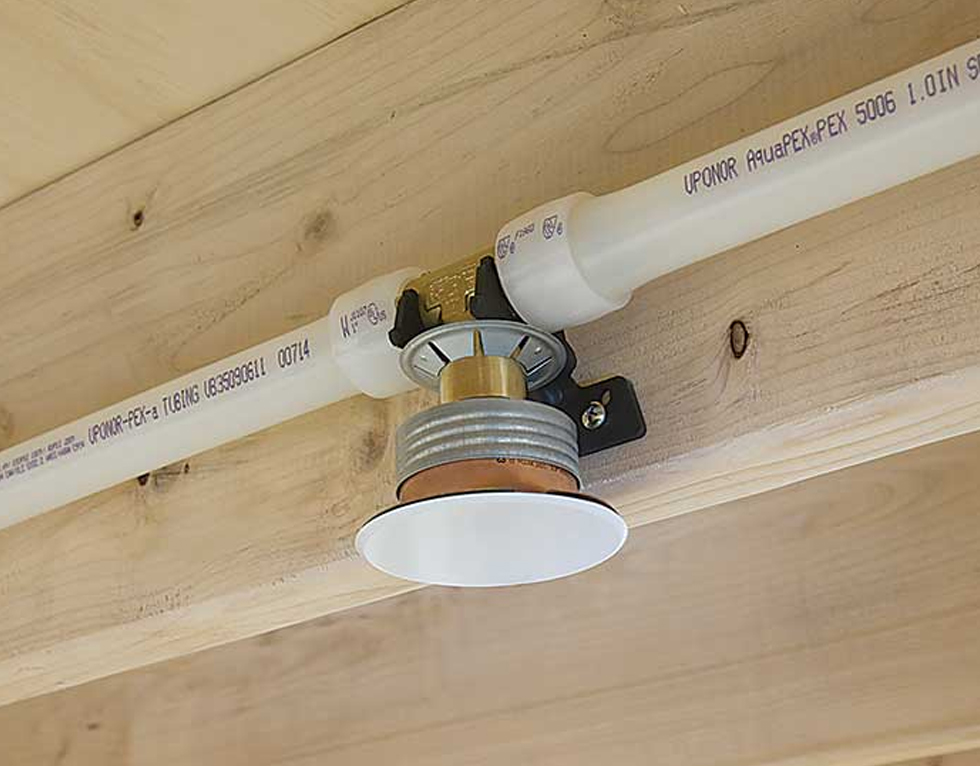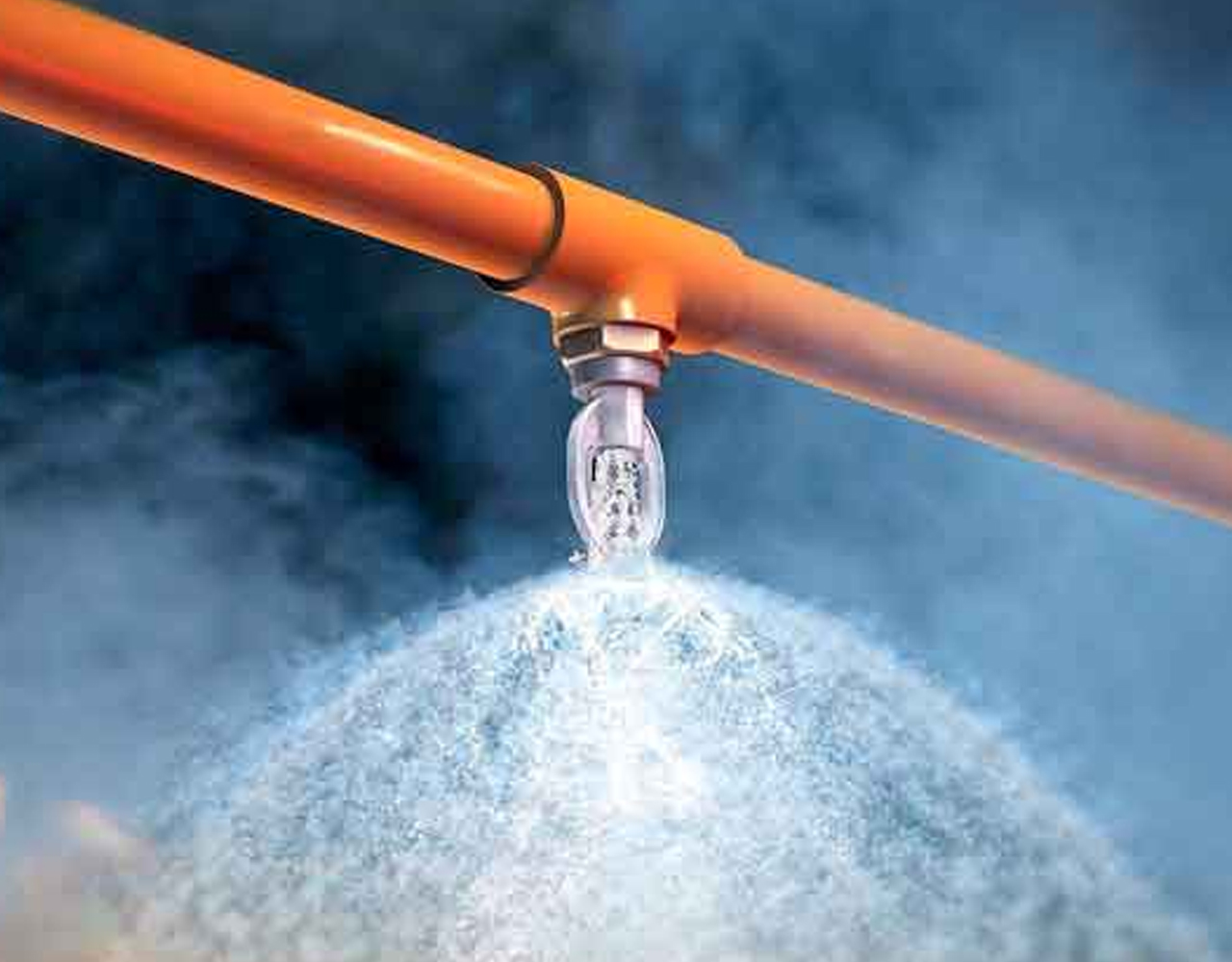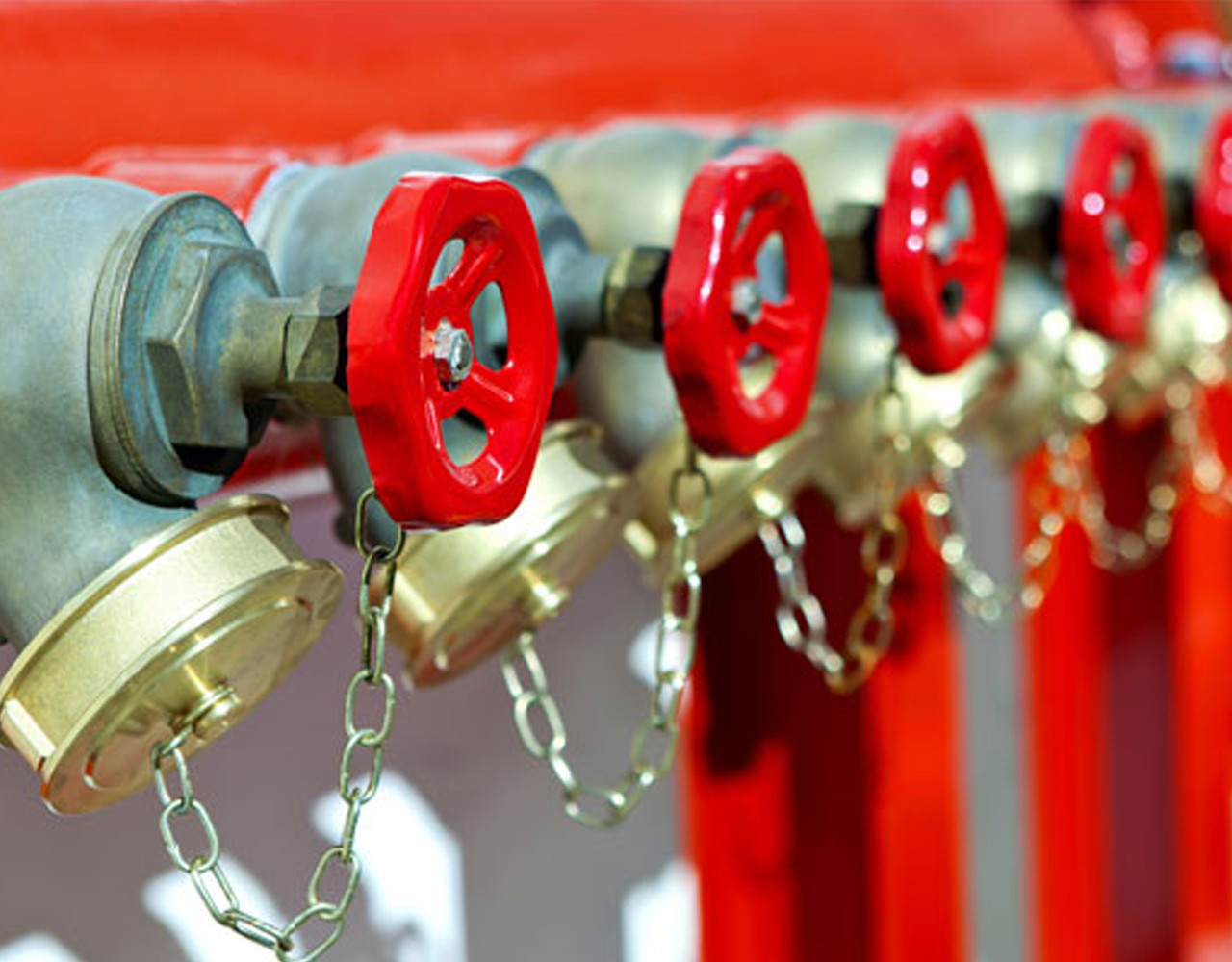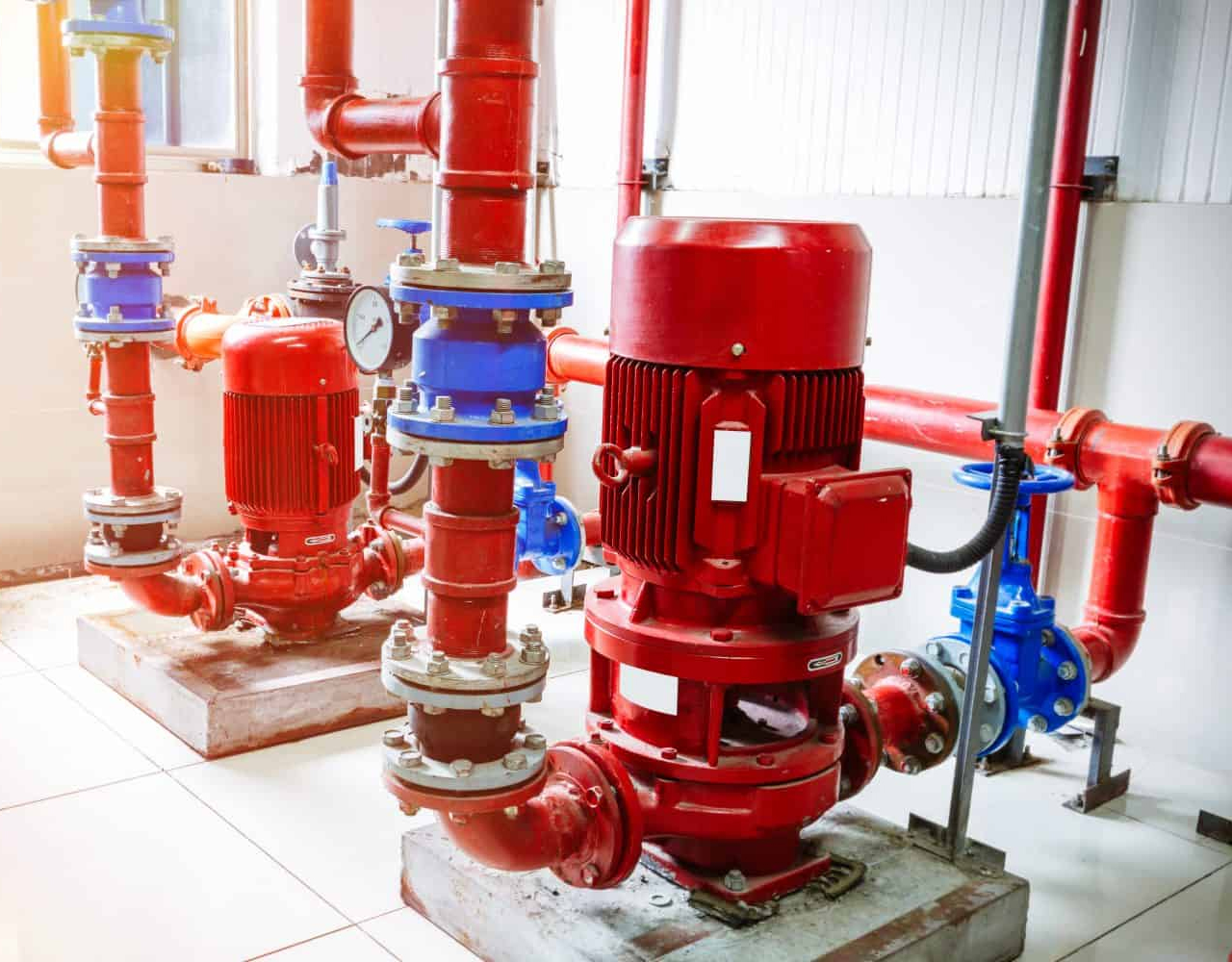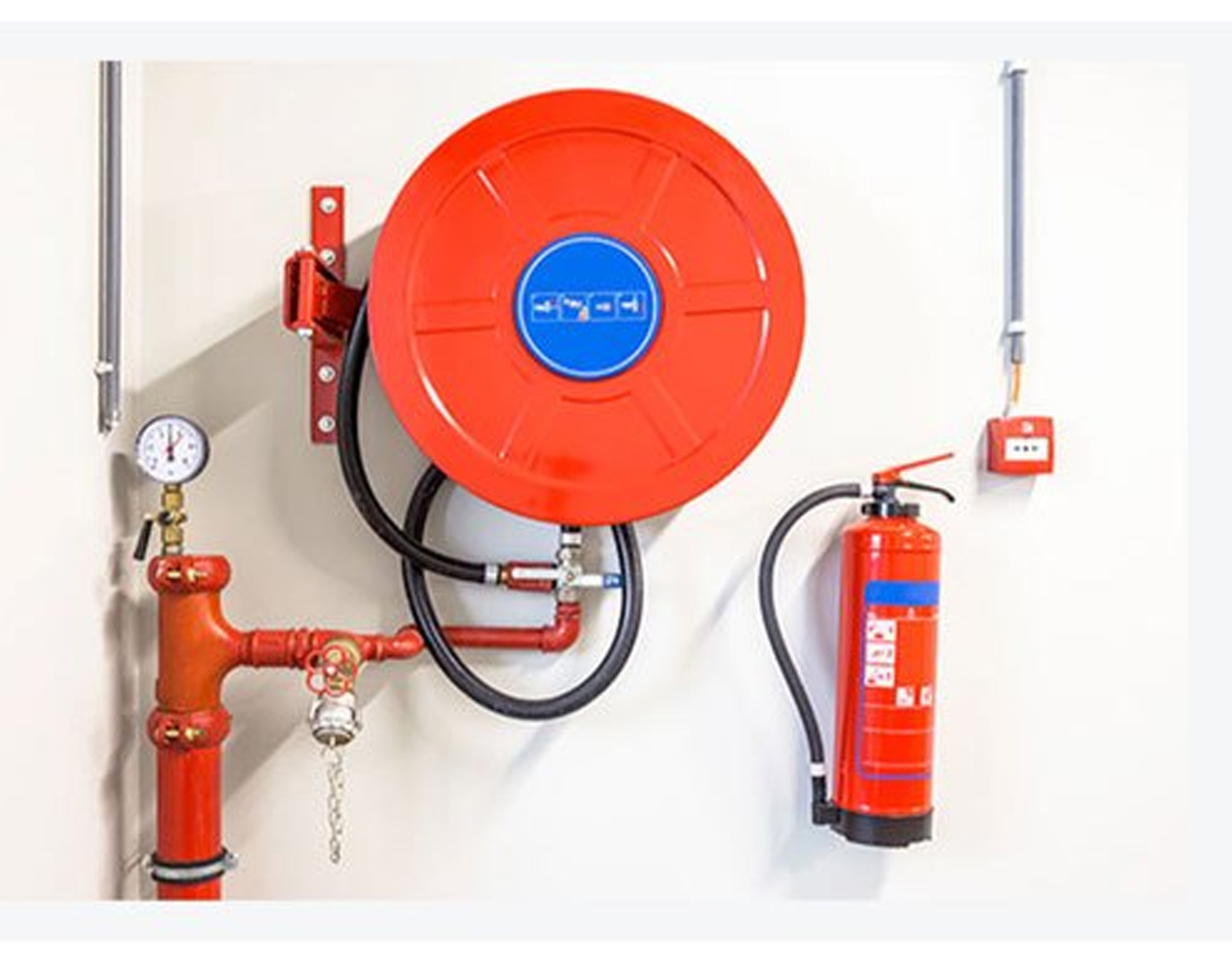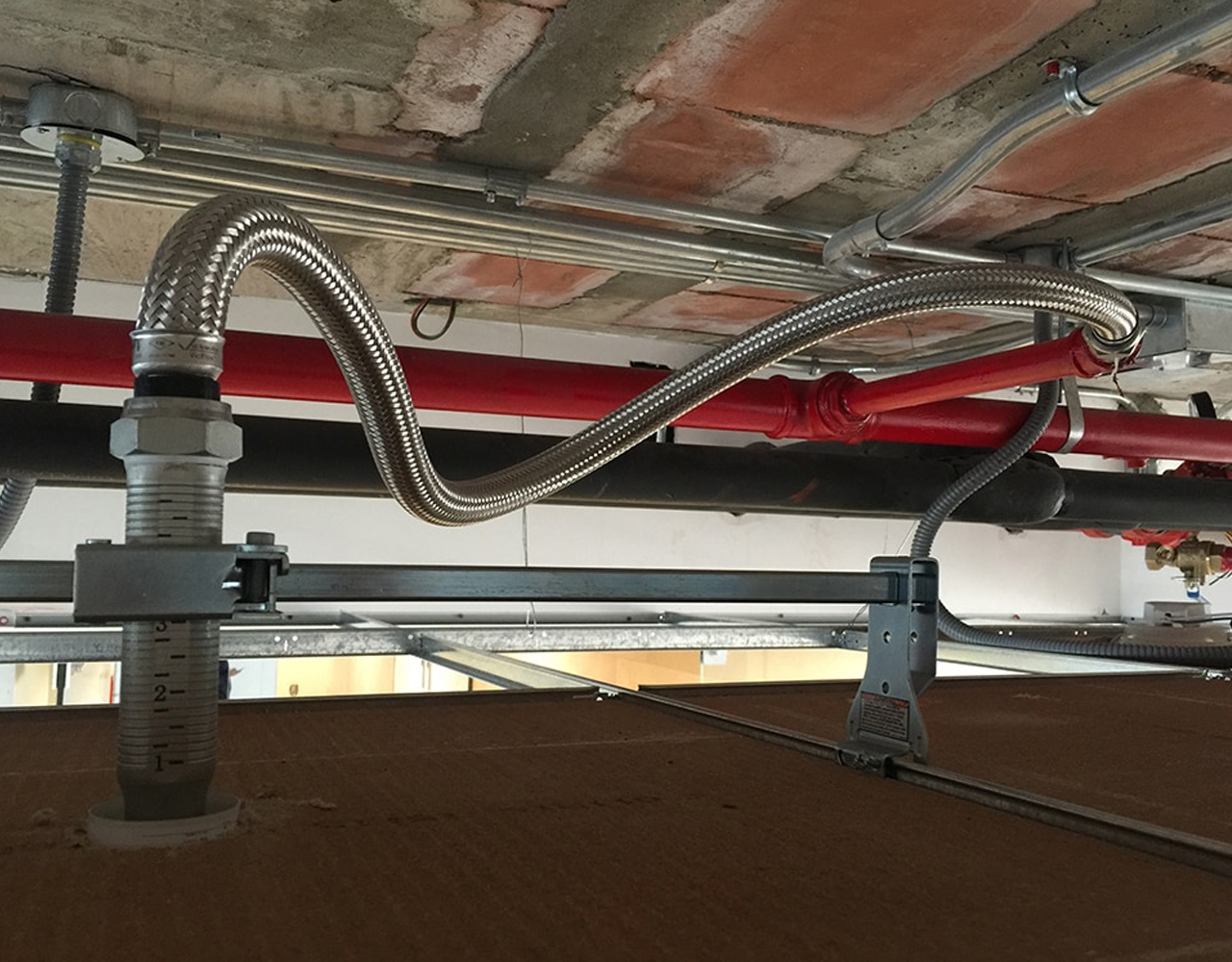Pendent Fire Sprinkler System price
Pendent fire sprinkler systems play a critical role in fire protection, offering reliable suppression in residential, commercial, and industrial settings. Understanding their functionality, benefits, and installation process is essential for ensuring safety and compliance with regulations.
How Pendent Sprinklers Work
Pendent sprinklers are designed to operate when heat from a fire causes the sprinkler head to reach a predetermined temperature. Upon activation, the sprinkler releases water directly onto the fire, suppressing its growth and preventing further spread.
Types of Pendent Sprinkler Systems
Pendent sprinklers come in various types, including standard and concealed models. Standard pendent sprinklers are visible and installed below the ceiling, while concealed pendent sprinklers are designed to blend seamlessly with the ceiling for aesthetic purposes.
Installation Process
Installing pendent sprinkler systems involves careful planning and adherence to regulatory guidelines. Professionals must determine the optimal placement of sprinkler heads and ensure proper connection to water sources.
Benefits
Pendent sprinklers offer several advantages, including rapid response to fires, minimal water damage, and cost-effectiveness. Their discreet design makes them suitable for both residential and commercial applications.
Maintenance Guidelines
Regular maintenance and inspection are crucial for ensuring the effectiveness of pendent sprinkler systems. Inspections should be conducted by qualified technicians to identify any issues and ensure compliance with safety standards.
Myths and Misconceptions
There are common myths surrounding pendent sprinkler systems, including concerns about accidental activation and water damage. Addressing these misconceptions is essential for promoting the widespread adoption of fire sprinkler technology.
Regulations and Compliance
Pendent sprinkler systems must comply with local building codes and regulations to ensure safety and legality. Understanding these requirements is essential for architects, contractors, and building owners.
Cost Considerations
While the initial cost of installing pendent sprinkler systems may seem high, their long-term benefits outweigh the investment. Factors such as insurance savings and property protection should be considered when evaluating the cost-effectiveness of these systems.
Environmental Impact
Pendent sprinkler systems use water as a suppression agent, making them environmentally friendly compared to alternative fire suppression methods. Their efficient use of water helps minimize waste and environmental impact.
Technological Advancements
Advancements in pendent sprinkler technology have led to the development of innovative features such as improved heat detection and remote monitoring capabilities. These advancements enhance the reliability and performance of fire sprinkler systems.
Enquiry



